BURMA: MOVING FORWARD, by Cecilia Manguerra Brainard
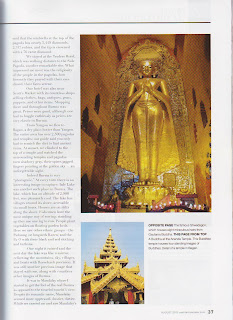
Copyright 2012 by Cecilia Manguerra Brainard
Published in the August 2012 issue of Zee Lifestyle Magazine
Published in the August 2012 issue of Zee Lifestyle Magazine
It was the image of the calm but
determined Aung San Suu Kyi quietly defying the ruling generals who personified
Burma (or Myanmar) to me. Because of her, I monitored events in that country:
in 1988 students had been massacred; in 2007 Buddhist monks had been beaten and
killed; Aung San Suu Kyi herself had spent 15 years in house arrest; then in
2008 Cyclone Nargis devastated the country. For decades, life was bleak in
Burma, but suddenly in 2011, for reasons analysts will spend decades
discussing, the military junta dissolved itself and held a general election in
2010. Aung San Suu Kyi, or The Lady, as the Burmese lovingly call her, was
elected to the lower house of parliament. Her party, the National League for
Democracy, won 43 of the 45 vacant seats in the lower house, still the
minority, but it’s a beginning.
A group of us, 16 in total, headed
by John Silva, visited Burma last April right after the general election, just
when Burma was opening up to the rest of the world. We were warned that April
is the hottest time in Burma, but we didn’t complain because we knew we were
witnesses to the country’s dramatic political change.
For the first time tour guides could openly talk about politics, the generals, and Aung San Suu Kyi. Less than a year ago, they could not even mention The Lady’s name. The Burmese seemed surprised at the number of foreigners visiting their pagodas, markets, and museums. “Where you from?” several Burmese, including Buddhist monks, asked us. While we enthusiastically snapped their pictures, they too took pictures of us. We were as much a novelty as they were to us.
For the first time tour guides could openly talk about politics, the generals, and Aung San Suu Kyi. Less than a year ago, they could not even mention The Lady’s name. The Burmese seemed surprised at the number of foreigners visiting their pagodas, markets, and museums. “Where you from?” several Burmese, including Buddhist monks, asked us. While we enthusiastically snapped their pictures, they too took pictures of us. We were as much a novelty as they were to us.
Our first stop was Yangon, the
former capital, which has retained its old world feeling. There are sparkling
lakes, lush parks and colonial buildings, which even though neglected are still
charming. At least for now Yangon is not riddled with high-rise buildings. It
has numerous pagodas and temples including the famous 2,500 year-old Shwedagon Pagoda,
which houses eight miraculous hairs from Guatama Buddha. Called the heart of
Yangon the Shwedagon is lavishly decorated with gold, diamonds, and precious
stones; it is said that the umbrella at the top of the pagoda has nearly 5,449
diamonds, 2,317 rubies, and the tip is crowned with a 76 carat diamond.
We stayed at the Traders Hotel,
which was walking distance to the Sule Pagoda, another remarkable site. What
impressed me most was the religiosity of the people in the pagodas, how
fervently they prayed with their eyes closed, their faces serene.
Our hotel was also near Scott’s
Market with its countless shops selling clothes, bags, antiques, gems, puppets,
and other items. Shopping there and throughout Burma was great. Prices were
good, although one had to haggle ruthlessly as prices are very elastic in
Burma.
From Yangon we flew to Bagan, a dry plain hotter than Yangon. The entire area has over 2,500 pagodas and temples; our guide said you only had to scratch the dirt to find ancient ruins. At sunset, we climbed to the top of a temple and viewed the surrounding temples and pagodas turn shadowy gray, their spires jagged fingers pointing at the golden sky — an unforgettable sight.
Indeed Burma is very “photogenic.”
At every turn there is an interesting image to capture. Inle Lake was another
such place in Burma. The lake, which has an altitude of 2,900 feet, was
pleasantly cool. The lake has villages around its shore, accessible via small
boats. Houses are on stilts along the
shore. Fishermen have the most unique way of rowing; standing up they use one
leg to row. People plant vegetables on floating garden beds. Here we saw other
ethnic groups – the Padaung (or longneck Karen) and the Pa-O with their black
and red clothing and turbans.
One night it rained and the next day
the lake was like a mirror, reflecting the mountains, sky, villages, and boats
with Rorschach precision. It was still another precious image that stayed with
me, along with countless other images of Burma.
It was in Mandalay where I started
to get the feel of the real Burma as opposed to the tinseled tourist’s view. Despite
its romantic name, Mandalay seemed more oppressed, dustier, dirtier. While we
carried on and saw Mandalay’s tourist spots: the Teak Temple, Mahamuni Buddha,
Palace Complex, and the Mahagandayon Buddhist monastery (where over a thousand
monks processed for their 11 a.m. meal), I could see that the children were malnourished.
This was disturbing, given the rich natural resources in Burma, including
natural gas, lumber, tin, coal, precious stones, and agricultural products.
Here to me was evidence that the country’s wealth had not filtered to the
general population.
On the way to Maymyo, a hill station
near Mandalay, our guide Nan pointed out gas pipe lines that would go all the
way to China. Nan complained that while Burma was sending its natural gas to
China, the local people had to endure brownouts. It was true: our huge Mandalay
Hill Resort Hotel had to turn on their generators at night.
Nan also talked about how the Chinese have taken their teak lumber, “even the roots.” Driving up the mountains to Maymyo, we saw that there were no huge trees, just recently planted ones. Nan talked about seeing totally denuded forests.
Nan also talked about how the Chinese have taken their teak lumber, “even the roots.” Driving up the mountains to Maymyo, we saw that there were no huge trees, just recently planted ones. Nan talked about seeing totally denuded forests.
This made me think: If Burma’s
products are going to Thailand, Hong Kong, India, Singapore, China, and
Malaysia, some people in Burma are making money, so why are the ordinary people
poor? Why is Burma one of the poorest countries in the world?
I didn’t have the answers but I understood
a little of what the Burmese have been clamoring for – basic freedoms and a
better life. It was right for the generals to have taken steps toward democracy
and hopefully a better future for the Burmese.

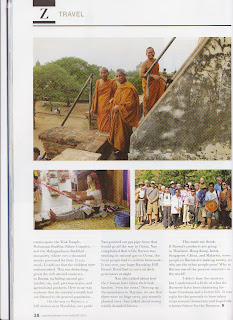
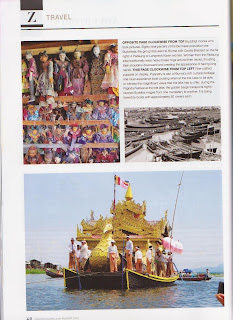







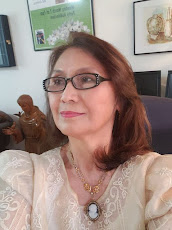

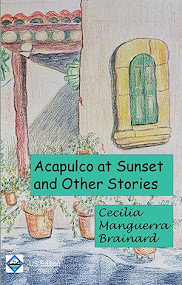



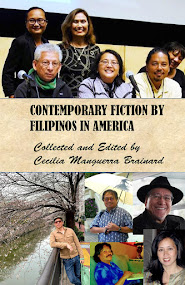
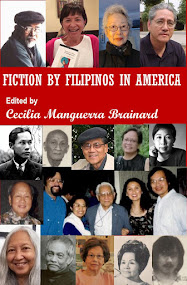



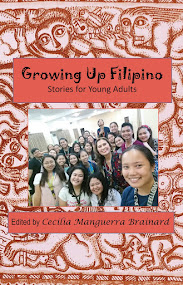
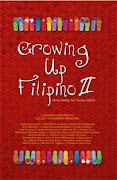


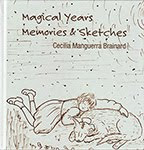








No comments:
Post a Comment